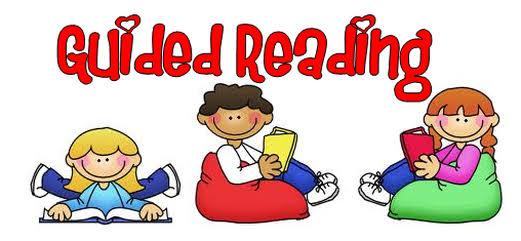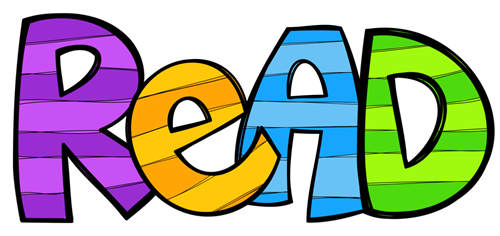Guided Reading - An effective reading strategy

An effective reading strategy
Teaching kids to read is a very important component of a students development and education. Research shows that the effective readers are generally more engaged in their learning and go on to have higher paid employment. Reading starts at home and needs to be viewed as very important in the initial development of a child’s reading. In the classroom, one effective reading strategy to gauge a students reading ability and progress is through Guided Reading.
Guided Reading is an instructional approach where a teacher supports a small group of students to read a text independently. The text is always selected based on the students reading level that is not too easy or difficult, but challenges their current reading ability. A challenging text is one that a student can read 90-94% of accurately and is a very important component of guided reading to maximise the benefit of guided reading for the students involved.
Generally, guided reading involves 3 components:
- before reading discussion and text analysis;
- independent reading;
- after-text discussion and analysis.
Guided reading helps students develop greater control over the reading process through the development of reading strategies which assist decoding and construct meaning. The teacher guides or ‘scaffolds’ their students as they read, talk and think their way through a text (Department of Education, 1997)
There are some fantastic resources and research highlighting the process and benefits of guided reading. The benefits of the guided reading strategy can be linked to Vygotsky’s zOne of Proximal Development theory.
Guided Reading provides teachers with opportunities to listen to their students read individually. This enables them to track the progress of their students reading and respond with targeted strategies to address individual students reading deficiencies or needs. It is a effective strategy that is supported by research to effectively track and improve the reading of students in the classroom at all levels.
Thanks for reading.
Awesome Steem Witnesses!


Come and join us in the Team Australia Discord Channel




My 4 year old girl can read so well it is exciting to see, they told me that they use guided reading in class and that this is what incurrages them to do better.
I have seen her try to say words that when I was a kid I had never heard of.
Shows you how far in 30 years we have come in schooling.
thanks for the post made great and easy reading :)
I do support this style for learning to read. When the kids are all learning at the same level it helps them to not see it as a chore and they can also use it as an opportunity to work together to learn the words at the same pace also. informative post, good work!
Thank you for sharing such useful tips. God bless you.
Yes good
thank you for sharing, @scooter77, this very useful lesson for @jhoni
Thanks for sharing valuable post.
I continue follow your post.
I appreciate your contest @scooter77
It really works. When a student reads a text with 90-94% accuracy, then he would surely become confident about his reading. Moreover, since his mistakes are very small, he never goes down and tries to overcome the mistakes. Thanks for the tip @scooter77
This reading technique is very good, since it helps you to determine the faults that the child may have and know where to attack to reinforce it, reading is a fundamental factor in any child's learning and marks a precedent for their future. to get children to read where they can analyze and develop ideas to help their progress, thank you for compratir and I invite you to visit my blog as I usually post post related to this fascinating world of education, greetings!